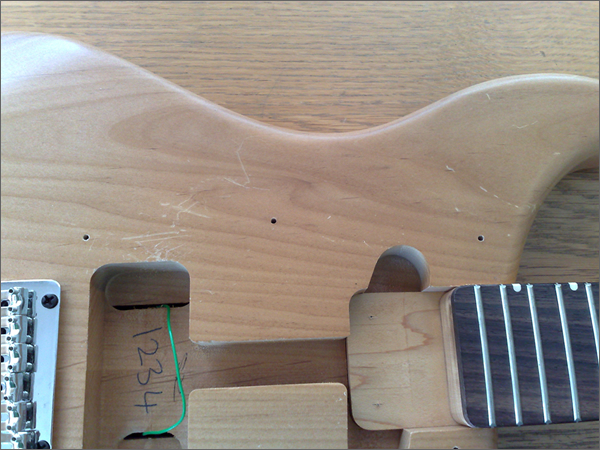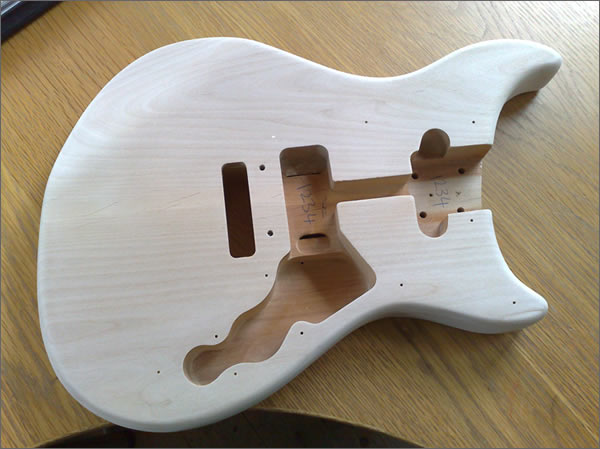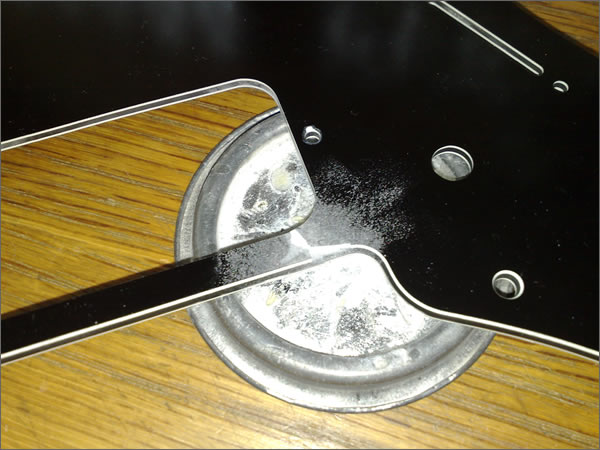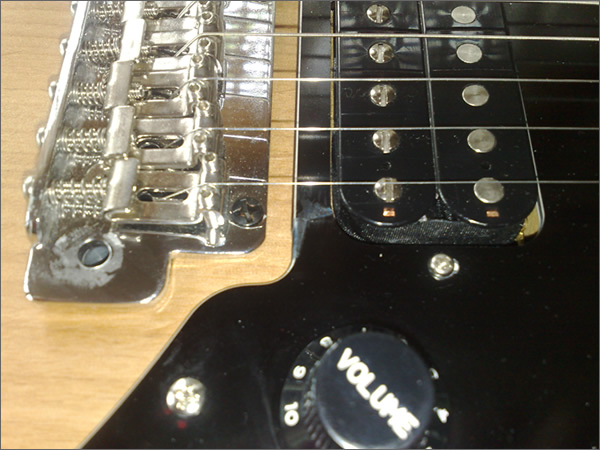The Fender Electric XII was a purpose-built 12-string electric guitar, designed for folk rockers. Instead of using a Stratocaster-body style, it used one with a Jaguar/Jazzmaster body style.
It was also a departure from the typical “Stratocasterâ€-style headstock, instead featuring a long headstock nicknamed the “hockey-stick†headstock. The Electric XII used a unique split pickup design and had a 4 way pickup selector allowing for neck, neck & bridge in series, neck & bridge in parallel and bridge only options. It also used a string-through-body design similar to a Telecaster to help increase sustain.
Designed by Leo Fender, the Fender Electric XII was introduced in late 1965 with the bulk of the production taking place in 1966 before it was discontinued around 1970.
Unlike its competitors’ electric 12-string models which were simply existing 6-string guitars with six extra strings, the Fender Electric XII was a purpose-built 12-string designed to capture a part of the folk-rock market.
The headstock was a departure from Fender’s usual Stratocaster-style shape and is sometimes referred to as the “hockey stick†headstock.
Leo Fender’s bridge design for this model is elegantly simple, works extremely well, and is regarded by many as one of his best designs of the 1960s. The bridge has an individual saddle for each string making precise intonation possible. The design is also string-through-body which helps to increase sustain.
Perhaps the most famous user of the Fender Electric XII was Led Zeppelin’s Jimmy Page who used one to record “Stairway to Heaven.â€
Other notable users of the Electric XII were Pete Townshend, who used it extensively on the album Tommy, and folk-rocker Tim Buckley. Johnny Winter also used one briefly (strung as a regular six-string) during the late 1960s and early 1970s.
1960’s models currently sell for around £2000-2500.


 Once this had dried, I carefully sanded back the excess coloured the white microballoon area with a black felt tip pen. It’s not perfect, but it’s a solid repair and hardly noticeable now the guitar is back together.
Once this had dried, I carefully sanded back the excess coloured the white microballoon area with a black felt tip pen. It’s not perfect, but it’s a solid repair and hardly noticeable now the guitar is back together.